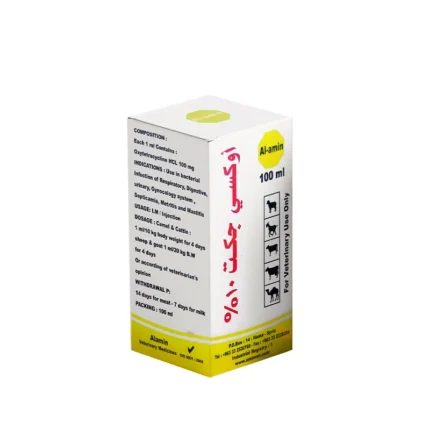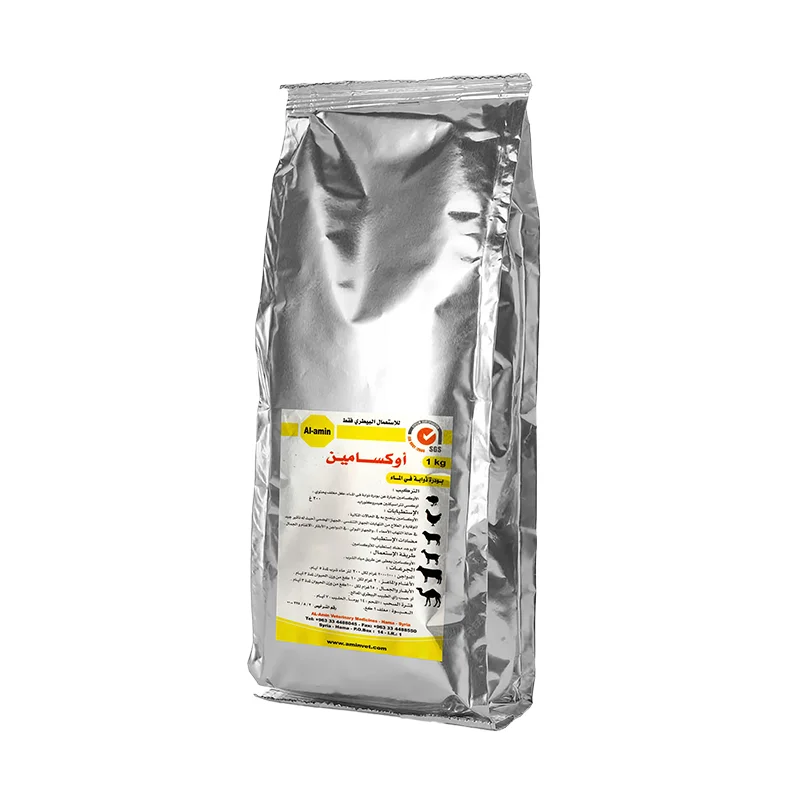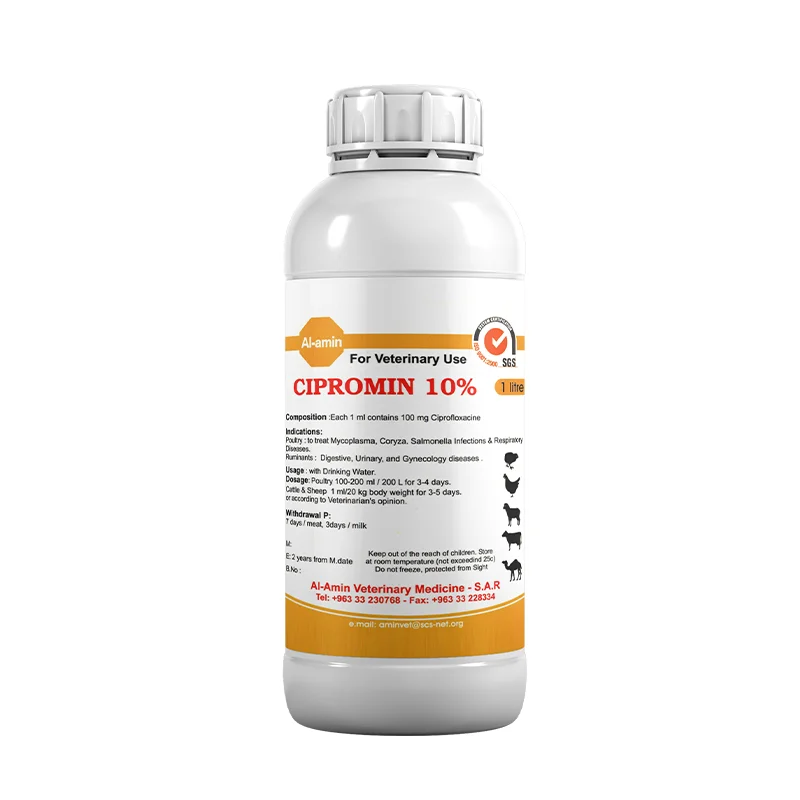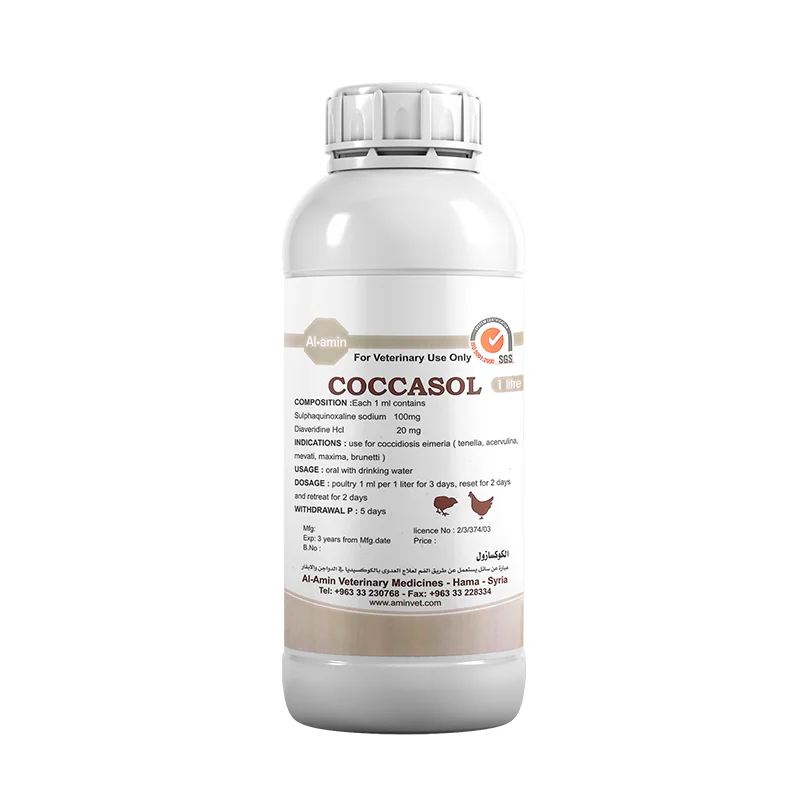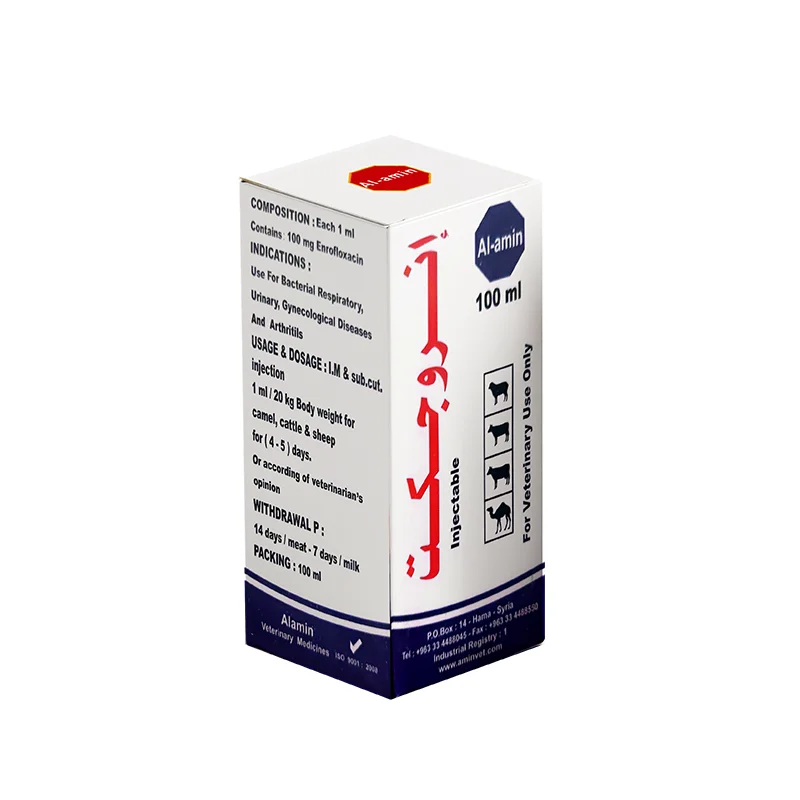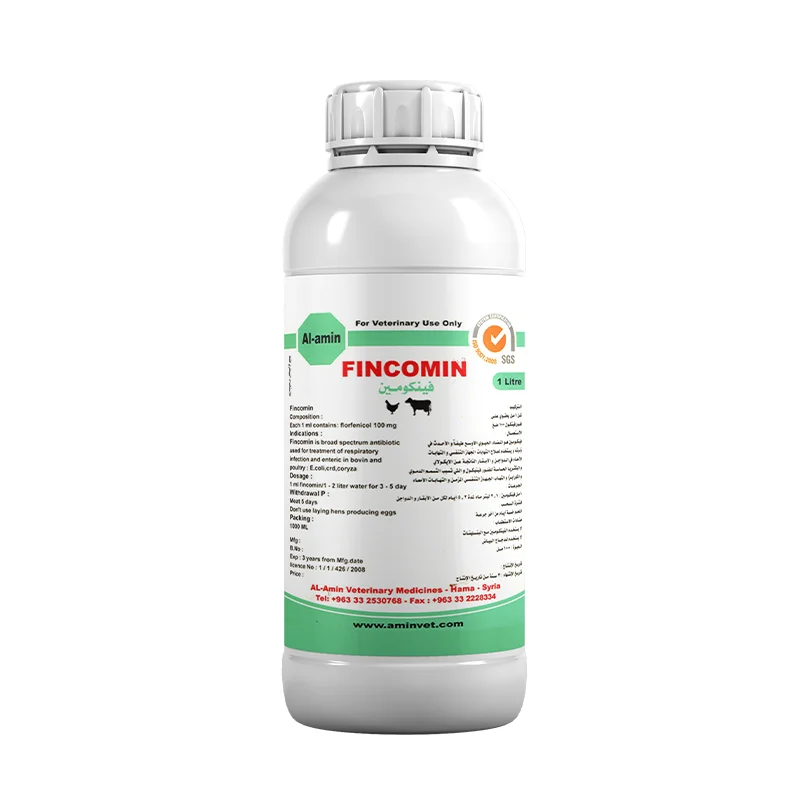Composition :
Each sachet of 100 g contains:
Oxytetracycline hydrochloride 20 g
Description :
Oxytetracycline belongs to the group of tetracyclines and acts bacteriostatic against many Gram-positive and Gram-negative bacteria like Bacillus, Corynebacterium, Campylobacter, E. coli, Haemophilus, Pasteurella, Salmonella, Staphylococcus and Streptococcus ., and Mycoplasma, Rickettsia and Chlamydia . The mode of action of oxytetracycline is based on inhibition of bacterial protein synthesis. Oxytetracycline is mainly excreted in urine and to a lesser degree in bile and in lactating animals in milk.
Indications :
Gastrointestinal and respiratory infections caused by oxytetracycline sensitive bacteria, like, Corynebacterium, Campylobacter, E. coli, Haemophilus, Pasteurella, Salmonella, Staphylococcus and Streptococcus. and Mycoplasma, Rickettsia and Chlamydia . in camel, cattle, sheep, goats and poultry .
Contraindications:
- hypersensitivity to tetracyclines.
- animals with renal or liver failure .
Side effects :
Hypersensitivity reaction .
Interactions:
Should not be used concomitantly with Penicillins or Cephalosporines.
Usage :
Oral with drinking water
Dosage :
Camels and cattle : 15 g per 100 kg of body weight for 3 days
Sheep and goats : 2 g per 10 kg of body weight for 3 days.
Poultry : 100-200 g per 200 liter of drinking water for 5 days .
Withdrawal Period :
Ruminants: Meat : 8 days Milk : 12 hour .
Poultry: Meat :6 days eggs : 5 days
Storage conditions :
Store in airtight containers, in a moderate temperature (15-25 C) and protect from direct sunlight .
Packing :
Sachet of 100 g .


